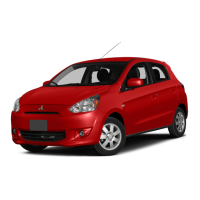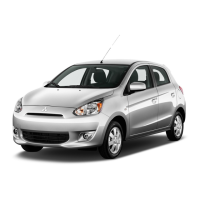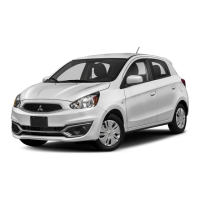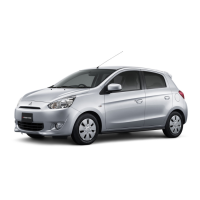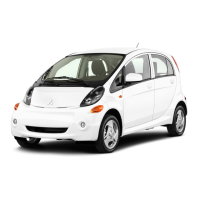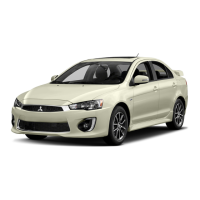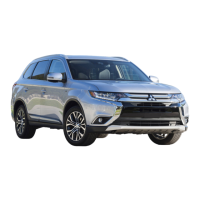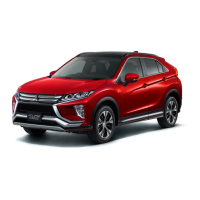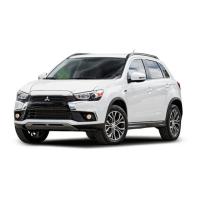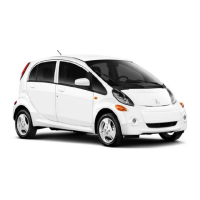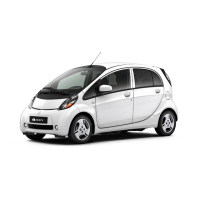Your front bumper can be damaged if you
scrape it over curbs or parking stop blocks.
Be careful when traveling up or down steep
slopes where your bumper can scrape the
road.
More effort could be required to turn the
steering wheel.
Refer to “Electric power steering system
(EPS)” on page 5-49.
Always carry the key and lock all doors and
the liftgate when leaving the vehicle unat-
tended.
Always try to park your vehicle in a well lit
area.
N00629900424
It is very important to know how much
weight your vehicle can carry. This weight is
called the vehicle capacity weight and
includes the weight of all occupants, cargo,
non-factory-installed options, if any, being
towed. The tire and loading information plac-
ard located on the driver’s door sill of your
vehicle will show how much weight it may
properly carry.
It is important to familiarize yourself with the
following terms before loading your vehicle:
Vehicle maximum load on the tire: load
on an individual tire that is determined by
distributing to each axle its share of the
maximum loaded vehicle weight and
dividing by two.
Vehicle normal load on the tire: load on an
individual tire that is determined by dis-
tributing to each axle its share of the curb
weight, accessory weight, and normal
occupant weight and dividing by two.
Maximum loaded vehicle weight: the sum
of -
(a) Curb weight;
(b) Accessory weight;
(c) Vehicle capacity weight; and
(d) Production options weight.
Curb weight: the weight of a motor vehi-
cle with standard equipment including the
maximum capacity of fuel, oil, and cool-
ant.
Accessory weight: the combined weight
(in excess of those standard items which
may be replaced) of automatic transmis-
sion, power steering, power brakes, power
windows, power seats, radio, and heater,
to the extent that these items are available
as factory- installed equipment (whether
installed or not).
Vehicle capacity weight: the rated cargo
and luggage load plus 150 lbs (68 kg)*
times the vehicle’s designated seating
capacity.
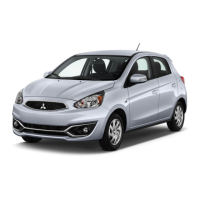
